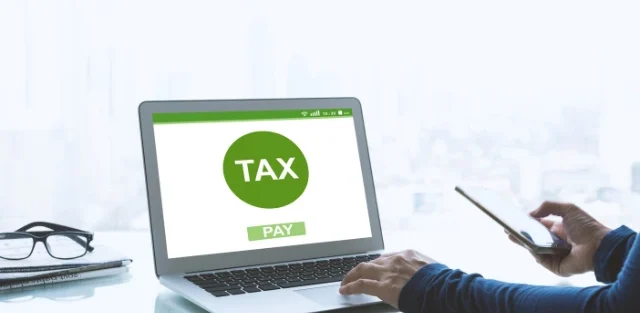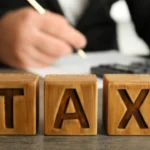Every year, as the Canada Revenue Agency (CRA) deadline approaches, a wave of panic hits many small business owners in Ottawa and across Canada. The scramble to find lost receipts, reconcile bank statements, and track down tricky deductions is stressful. However, small business tax filing doesn’t have to be a last-minute crisis. It should be a calm, organized process that allows you to confidently file your T2 (for corporations) or T1 (for sole proprietorships) on time.
At AI Tax Consultants, we know that organization is key to minimizing tax liability and maximizing peace of mind. So, here’s your guide to getting organized long before tax deadline.
Step 1: Establish Digital, Real-Time Record Keeping
The first step to preventing panic is to eliminate physical paper clutter. Trying to sort through piles of receipts in March is inefficient and error-prone. A strong small business tax filing strategy relies on digital, real-time data capture. Specifically, implement accounting software (like QuickBooks or Xero) that syncs directly with your business bank accounts. This ensures that every transaction is recorded as it happens. Additionally, use digital tools or apps to quickly photograph and categorize receipts. Under Canadian tax law, proper documentation is mandatory for all deductions. This way, instant digital capture ensures you never miss a legitimate entry.
Step 2: Separate Business Finances (The Golden Rule)
Mixing personal and business funds is the quickest way to turn small business tax filing into a nightmare, especially for audits. Even if you’re a sole proprietor in Ottawa, maintaining strict financial separation is non-negotiable. You should run all business transactions exclusively through dedicated business accounts. As a result, this separation makes year-end reconciliations seamless, as every transaction on the business statement is inherently business-related. Moreover, if you’re operating as an incorporated company, this strict separation is crucial to maintaining the legal shield (‘corporate veil’) of your corporation.
Step 3: Master Key Canadian Deduction Categories
Panic often sets in when business owners are unsure of what they can and cannot claim under the CRA rules. Being organized means understanding and categorizing key deduction areas, not just at tax time, but throughout the year. Focus on documenting the three most common Canadian small business expenses: automobile expenses, home office expenses (T2200 for employees or specific rules for the self-employed), and meals and entertainment (which are generally deductible at 50%). In short, keeping a detailed log of mileage (kilometers driven) and tracking home office utility expenses ensures that you have the necessary documentation ready. This proactive tracking ensures that you maximize every valid claim, making your final small business tax filing more accurate and favorable.
Step 4: Review and Reconcile Quarterly
Waiting until the end of the year is guaranteed to be stressful. A professional small business tax filing strategy includes proactive reviews. Schedule a quick quarterly review to make sure your books match, your bank statements match your software, and all major expenses are properly categorized. That way, if any discrepancies are found, they can be fixed immediately, preventing a memorable headache later. Finally, a clean set of books at the end of the year means AI tax consultants can immediately focus on strategic tax reductions rather than basic data entry, ensuring you get the best possible result on your tax return.
Ready to stop the panic and file confidently? Contact AI Tax Consultants today. We leverage smart technology to keep your books perfect and your Small Business Tax Filing strategically optimized.
(FAQs)
What is the single most important rule for Canadian business finances? The most important rule, especially for Small Business Tax Filing, is the strict separation of business and personal bank accounts. This is crucial for seamless reconciliation and to protect the limited liability of an incorporated business.
Do I need to keep paper receipts for CRA purposes? While digital copies are generally accepted by the CRA, they must be clear and legible. The critical requirement is that you must keep records, whether paper or digital, for at least six years after the date of your last Notice of Assessment to justify all claimed deductions.
What part of my car expenses can I deduct for my Canadian small business? You can deduct the portion of vehicle expenses (gas, insurance, maintenance, etc.) that is strictly used for business purposes. The CRA requires you to keep a detailed mileage log to accurately support the business-use percentage of the vehicle.





